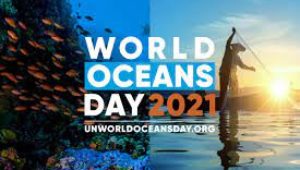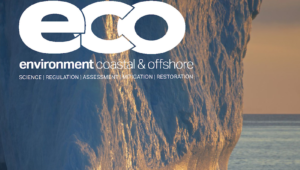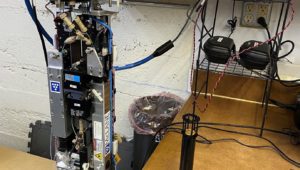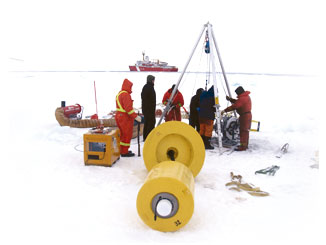World Oceans Day June 8, 2021
- Published in News, Team McLane
Sediment Traps and “Swimmer” Samples
- Published in News, Samplers, Sediment Trap
5 Resources for Earth Day
- Published in Events, News, Team McLane, Tips
LEGO® Brick McLane Instrument Winners!
- Published in Samplers, Team McLane





